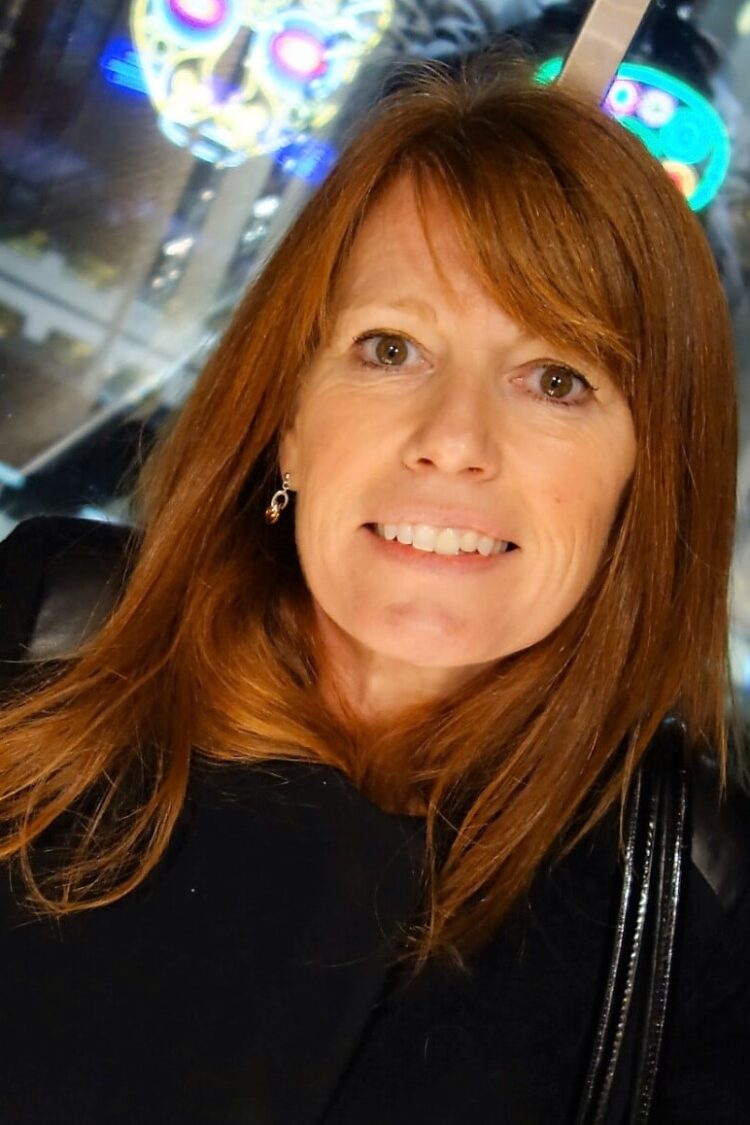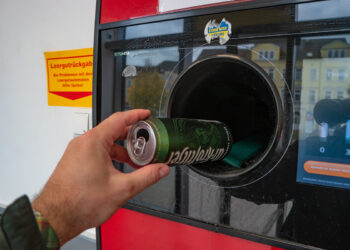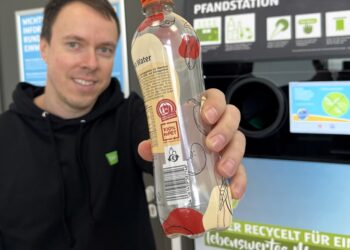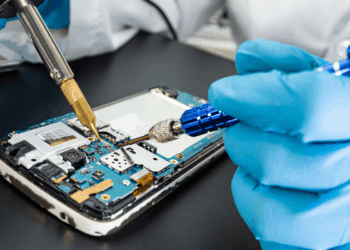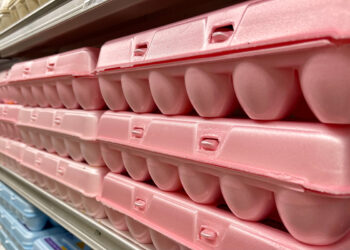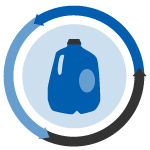With E-Scrap 2017 fast approaching, we’ve been highlighting a few of the experts who will share their insights on stage in Orlando. With less than a week to go, we’re offering our final interview, with Sarah Downes.
Downes is the project leader for the ProSUM (Prospecting Secondary raw materials in the Urban mine and Mining wastes) project in Europe. She shares her thoughts on how studying the composition of scrap electronics can help inform strategies for recycling the streams of today and tomorrow.
Downes will be speaking during the conference’s second plenary session, which will cover new trends and challenges in electronics recycling.
What are some main points you plan to hit on in your presentation?
I plan to highlight why better intelligence on e-waste is vital to understanding future recycling. In the ProSUM project, we’re aiming to improve the knowledge base on secondary raw materials from e-waste and I’ll introduce the audience to how we are going about that. Then I’ll show some of the trends for e-waste, the materials used in electrical products, future product types and growth, and some of the challenges this poses for recycling. This is focused on the European Union, which is the scope of our project, but I think a lot of the trends are global.
How can better data on the composition of end-of-life devices help recyclers make smarter decisions?
If they know [the details on] valuable elements in the products, and where and how they are bound in components and materials, it will help to understand what the sorting and technology options are for recovery, and importantly, what the economics look like. A simple example, and one that we’re all familiar with, is the change in TVs from CRTs to flat panels. We have estimates for when CRTs will stop coming into the return stream and how flat-panel display waste will grow. Both of these wastes have completely different dismantling and treatment requirements and costs.
Which changes in the waste electronics stream will challenge recycling economics in the future?
The TV example above is quite straightforward. The difference in the products is quite easy to see. Other product changes could be more challenging. The biggest challenge is the growth in the number of elements used in a higher number of devices with more complex functions. The materials science and technology is improving all of the time, which means that smaller amounts of these elements can be used in a component or alloy. This means valuable commodities are more dispersed and harder to extract.
How will rare earths play into waste electrical and electronic equipment (WEEE) commodities recovery in the future?
Right now, I am not sure they will. The evidence to date seems to indicate that industry response to price pressure will result in greater resource efficiency, changes in design and material substitution. Although there have been big announcements made by companies like Apple who say they intend to stop using mined rare earths, I think we’re all in a “watch this” space on this topic.
At E-Scrap 2017, Downes will be joined by Bob Johnson of the National Association for Information Destruction (NAID), Jason Linnell of the National Center for Electronics Recycling (NCER) and David Daoud of Compliance Standards in a plenary session titled “What’s Trending Now,” which will be held Tuesday, Sept. 19.
E-Scrap 2017 is set for Sept. 18-20 at the Omni Orlando Resort at ChampionsGate, Orlando, Florida. Last year’s conference welcomed more than 1,250 attendees from 48 states, seven Canadian provinces and 38 countries, and the trade show featured 130 exhibitors.






